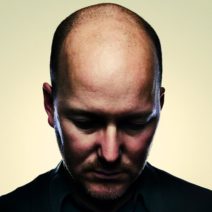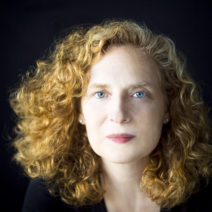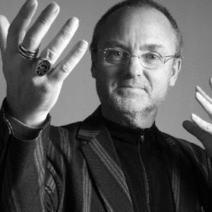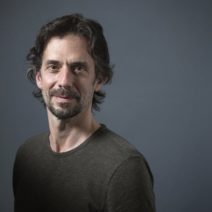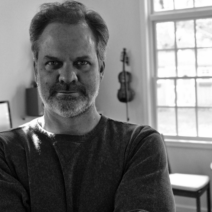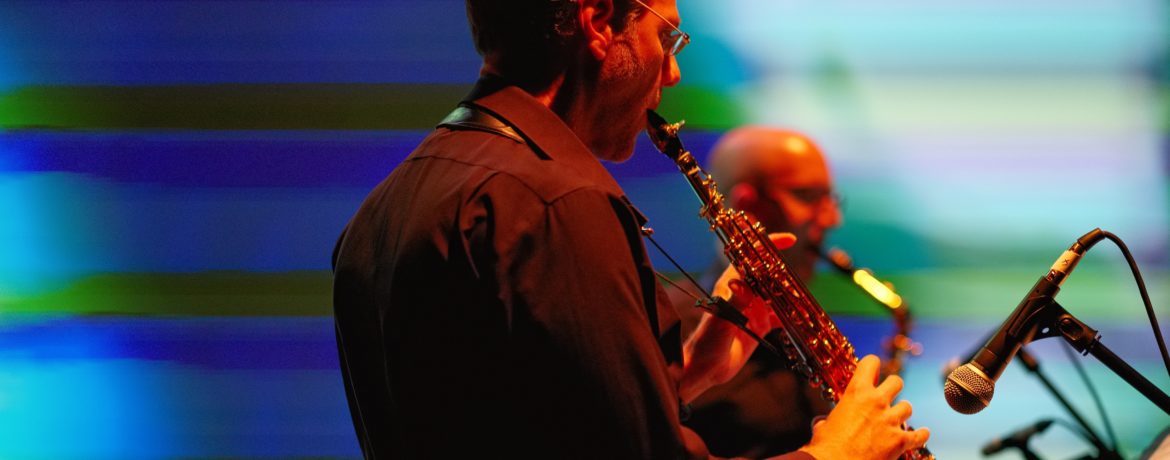Cha Composer Julia Wolfe: “My favorite memory is dancing the cha-cha-cha with my father. He would hit the dance floor and take me along with him. We danced together from when I was 10 until sometime into my early teens....
Cha
Composer Julia Wolfe: “My favorite memory is dancing the cha-cha-cha with my father. He would hit the dance floor and take me along with him. We danced together from when I was 10 until sometime into my early teens. It was great fun. As I thought about this way of remembering my dad I began to research the cha-cha-cha, and very quickly realized that our suburban version was hardly like the various Cuban versions with their wild sensuality, polyrhythms, and highly stylized movement. The cha-cha-cha takes its name from the shuffling sound of the feet against the dance floor and first emerged just a few years before I was born. My piece takes the cha cha as a starting point and creates a joyful deconstruction/exaggeration of the style for sax quartet.”
Filmmaker Bill Morrison: “For ‘Cha,’ the four saxophones in PRISM are represented by four projected images. We assigned individual archival dance clips to each phrase played by the saxophonists. The clips ‘breathe’, increasing in opacity and frame rate as the notes grow in intensity in response to the individual player’s performance. Taken as a whole, the interplay between the four breathing images reflect the sum whole of the music.”
Waveguide Model I
Composer Dan Trueman: “Waveguide Model I is collective decision-making piece created for the PRISM Quartet, inspired by emergent phenomena like flocking and schooling as well as pieces like Terry Riley’s In C, Louis Andriessen’s Workers Union, many of Cornelius Cardew’s works (The Great Learning), and my own Clapping Machine Music Variations and There Might Be Others, all of which are participatory pieces in some fashion. The piece was composed with the broader aim that meaningful interaction and feedback between the players and other elements, visuals in particular, might be possible. A waveguide, as its name implies, is something that guides the movement of waves; a canal is one example, fibre optic cable is another. In music, strings are waveguides, as are tubes, which guide waves to oscillate at particular frequencies (the saxophone itself is a kind of complex waveguide!). Flocks and schools are also, in a way, examples of waveguides, where perturbations flow through the flock in specific, controlled ways. Most broadly, a waveguide is a set of constraints for how material or objects might move or flow, shaping but not fully determining what sorts of patterns might emerge. In this piece, the members of the ensemble are elements within a kind of compositional/musical waveguide, following a set of specific constraints, but making choices that shape the emergent music. Their choices might be guided by musical concerns, but also by visual stimulus, and they will move at times, reorienting themselves relative to one another and to the projection screens. The relationship between the visuals and music is intentionally undefined; rather, the players respond in ways that they see fit, individually and collectively, and in turn the visuals change and develop in response to the players. I encourage listeners/viewers to take it in as a whole rather than try to find one-to-one relationships between the music and visuals; after all, what does it mean to ‘understand’ how, say, a flock or school works?”
Filmmaker/Director/ Designer/Choreographer Mark DeChiazza: “In Waveguide Model I, the four musicians of PRISM enter a system that relates their musical choices and stage positions with imagery on four screens. The players are asked to explore the screens as an environment, and can choose how to respond to what they encounter, while their choices continually feed back to influence their visual context. None of what they see, however, is intended to be taken as literal directives, nor does the imagery directly represent what they play or do. The relationship is instead, suggestive or evocative; it invites a personal, reactive, and contextual response. The players take in and process imagery to feed impulses relevant to a particular musical moment. The visual system wobbles in a liminal space between object and actor, generating imagery that is both accompaniment and score—its role shifting dependent on what influence a musician gives it. In establishing a relationship that is emergent, not predetermined—one that is changeable from moment to moment—I hoped to open the imagery to participation in the same leading and following structures initiated by Dan Trueman’s score: that it might offer and receive dynamic information, and change, while catalyzing change.”
Hymn
Composer Kati Agócs: “My Hymn for saxophone quartet was written for the PRISM Quartet in 2005, and is five minutes in duration. The piece works with the overtones of the saxophones, relying on the indeterminacy of their tunings, the volatility of the way that the overtones speak in performance, and the complexity of timbre when they are multiplied by four and blended, creating a shifting pitch field that is both extremely fragile and rich with pungent microtonal gradations. The overtones are juxtaposed with “pure” lines (not expressed in harmonics) that sing lyrically, creating an analogy between the saxophones and human voices. Every performance is different depending on the acoustics of the room, the instruments, and the players. The Hymn is infused with a sense of yearning for something that is just out of reach.”
Heartbreakers
Composer Jacob TV: “A unique mixture of rock, jazz and dance, HEARTBREAKERS is a suite for soundtrack and saxophone quartet. The soundtrack is composed of samples of emotional confrontations from American talk shows of the 90s, like the Jerry Springer Show. The one-liners and dialogues between hosts and guests build ideal musical themes because of their speech melodies, emotional content, and intensity. Each and every note is derived from the melody and rhythm of the spoken word. The music is written out from beginning to end. Intuitive association has resulted in a collage of jazz and rock clichés, the typical idiom of musical interludes of talk shows.”
The Body of Your Dreams
Jacob TV turned once again to American television, using a cheesy advertisement for a weight- loss product. The presenters enthusiastically demonstrate the Abtronic Pro, an electronic slimming belt, a device whose fine-turned wave transmissions will vibrate fat away: no sweat, no workout. ‘It’s one of the easiest ways ever to get your body in the shape you want it. It helps to tone and tighten your upper abs, lower abs, arms and legs with no sweat at all! It’s one of the simplest, smallest and most comfortable toning devices ever. You can use it while watching television, doing the dishes, mowing the lawn…..you decide. It also works great as an abdominal toning device while you are working out on your elliptical trainer or your treadmill; or while you are out for your daily walk. It’s easy and effective. And no sweat!’
